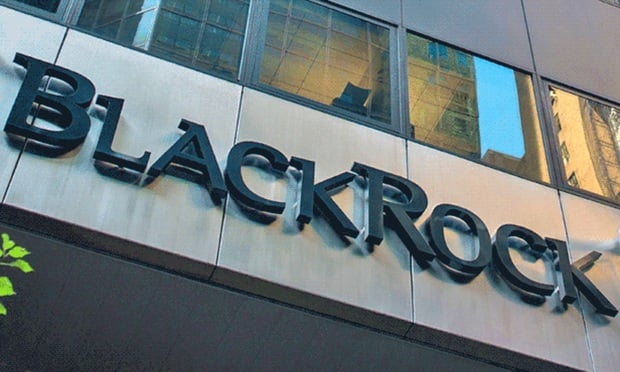Institutional retirement fund assets are on the rise all over the world, according to a Towers Watson study, and growing at a pretty good clip. The study covered 16 major markets, which together total $36.1 trillion in assets. A more in-depth analysis was done for the seven largest, the U.S. of course among them. This group was designated the "P7" in the study.
While the U.S. dominates the global picture with regard to size, how are we faring compared with other countries, both large and small? Here's a look at some of the salient points from the Global Pension Assets Study.
1. Size matters
Recommended For You
The U.S. all by itself makes up 61.2 percent of global pension assets in the study. By dollar amount, here are the five largest and five smallest pension markets of the 16 studied.
Largest, in descending order:
1. U.S., $22.1 trillion
2. U.K., $3.3 trillion
3. Japan, $2.9 trillion
4. Australia, $1.7 trillion
5. Canada, $1.5 trillion
Smallest, in ascending order:
5. Hong Kong, $120 billion
4. Ireland, $132 billion
3. France, $171 billion
2. Mexico, $190 billion
1. Malaysia, $205 billion
 2. Pension assets as ratio of GDP
2. Pension assets as ratio of GDP
The study found that pension assets make up approximately 84 percent of global GDP, up from just 54 percent in 2008. As might be expected, the percentage of pension assets relative to GDP varies widely from country to country. Here are the rankings for the top five and the bottom five, as figured in their own currencies. It is one of the few areas in which the U.S. is not at the top of the list.
Largest, in descending order:
1. Netherlands, 166 percent
2. U.S., 127 percent
3. Switzerland, 121 percent
4. U.K., 116 percent
5. Australia, 113 percent
Smallest, in ascending order:
5. France, 6 percent
4. Brazil, 12 percent
3. Germany, 14 percent
2. Mexico, 15 percent
1. South Korea, 35 percent
 3. How does your asset garden grow?
3. How does your asset garden grow?
Not only does the ratio of pension assets to GDP vary widely from country to country, so does the growth rate of pension assets. Here are the five fastest and slowest rates of growth. The U.S. in this case made neither list, with a growth rate of 6.6 percent, Japan's growth rate was actually negative and Ireland and Switzerland tied for the dubious honor of the third-slowest rate of growth.
Fastest, in descending order:
1. Mexico, 16.1 percent
2. Australia, 11.7 percent
3. Hong Kong, 10 percent
4. Brazil, 9.7 percent
5. Canada, 7.3 percent
Slowest, in ascending order:
5. Japan, -0.3 percent
4. France, 1.4 percent
3. Ireland, 4.5 percent
2. Switzerland, 4.5 percent
1. South Africa, 5 percent
 4. Where's the growth? Where's the safety?
4. Where's the growth? Where's the safety?
Asset allocation plays a huge role, of course, not just in the growth of pension assets, but also in their preservation. Here are the allocations used by the P7 countries, in alphabetical order.
Australia:
Equities, 51 percent
Bonds, 15 percent
Other, 26 percent
Cash, 8 percent
Canada:
Equities, 41 percent
Bonds, 35 percent
Other, 22 percent
Cash, 2 percent
Japan:
Equities, 33 percent
Bonds, 57 percent
Other, 7 percent
Cash, 3 percent
Netherlands:
Equities, 30 percent
Bonds, 55 percent
Other, 14 percent
Cash, 0 percent
Switzerland:
Equities, 29 percent
Bonds, 36 percent
Other, 28 percent
Cash, 7 percent
U.K.
Equities, 44 percent
Bonds, 37 percent
Other, 15 percent
Cash, 3 percent
U.S.
Equities, 44 percent
Bonds, 25 percent
Other, 29 percent
Cash, 2 percent
 5. Home, sweet, home bias
5. Home, sweet, home bias
All countries exhibit a certain amount of "home bias" when selecting investments. In order of most-to-least home bias, here's how the P7 did when choosing equities and when choosing bonds.
Equities:
U.S.
Australia
Japan
U.K.
Switzerland
Canada
(The study notes that the Netherland was not considered.)
Bonds:
Canada
U.S.
U.K.
Japan
Switzerland
Australia
(The study notes that the Netherlands was not considered.)
© Touchpoint Markets, All Rights Reserved. Request academic re-use from www.copyright.com. All other uses, submit a request to [email protected]. For more inforrmation visit Asset & Logo Licensing.






